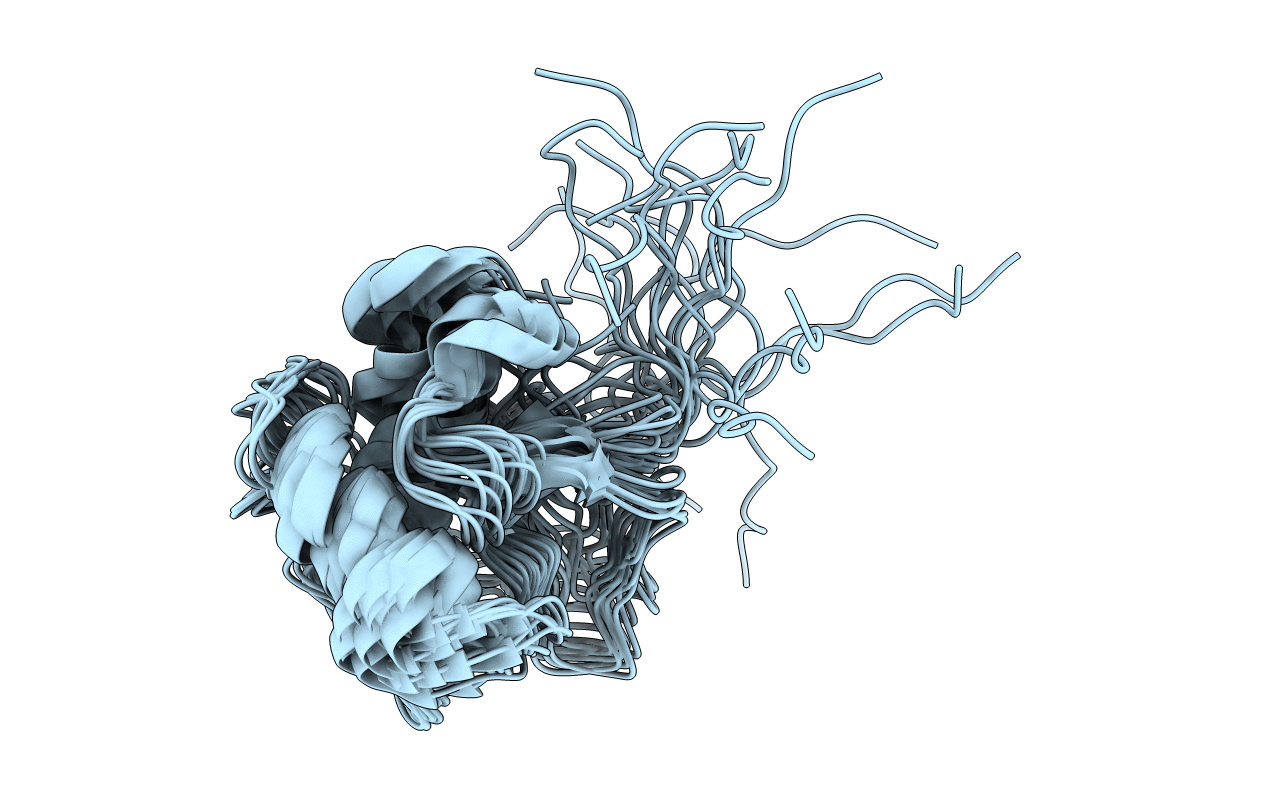
Deposition Date
2007-03-14
Release Date
2008-01-29
Last Version Date
2024-11-06
Method Details:
Experimental Method:
Conformers Calculated:
100
Conformers Submitted:
20
Selection Criteria:
structures with the lowest energy


